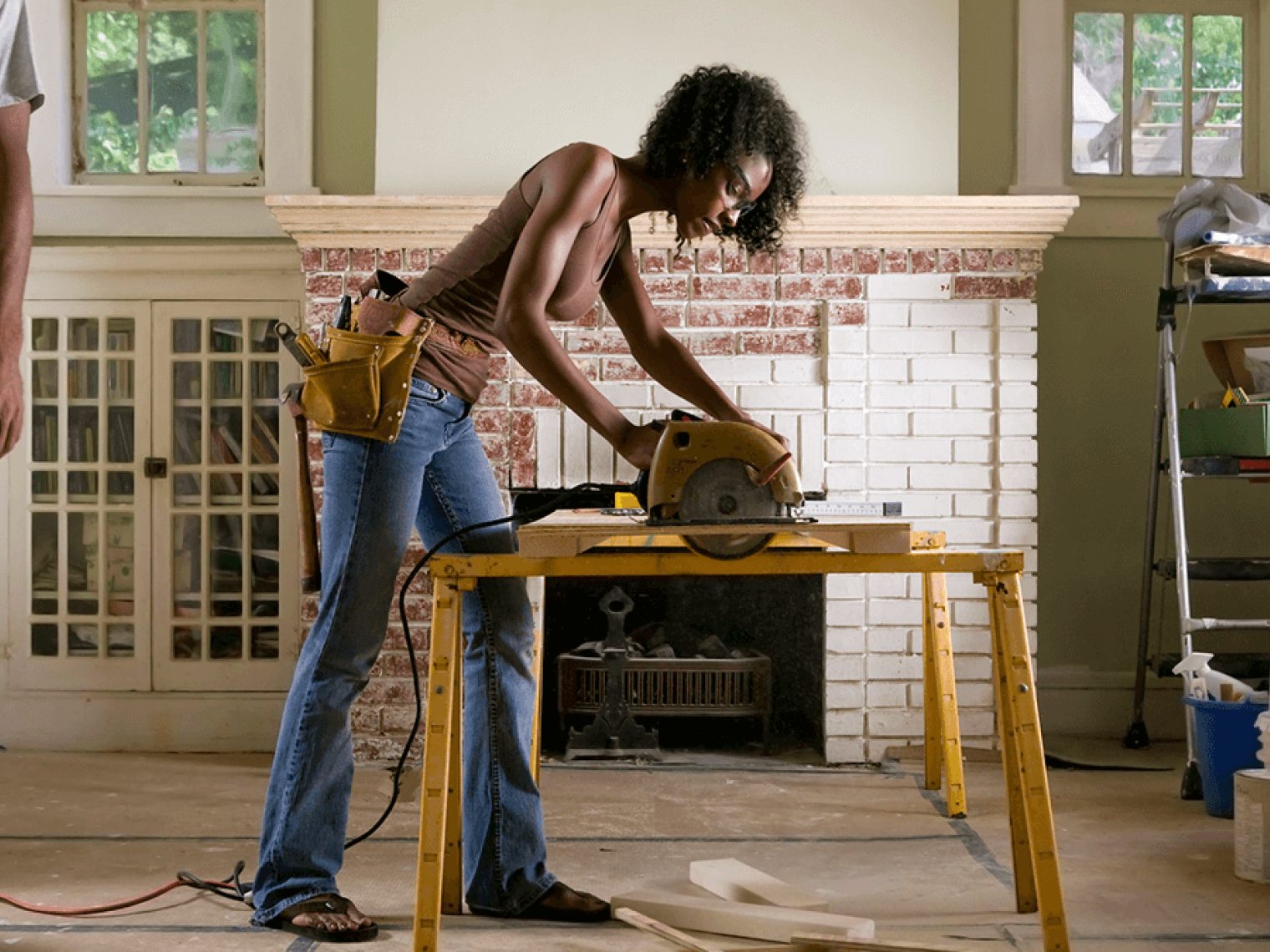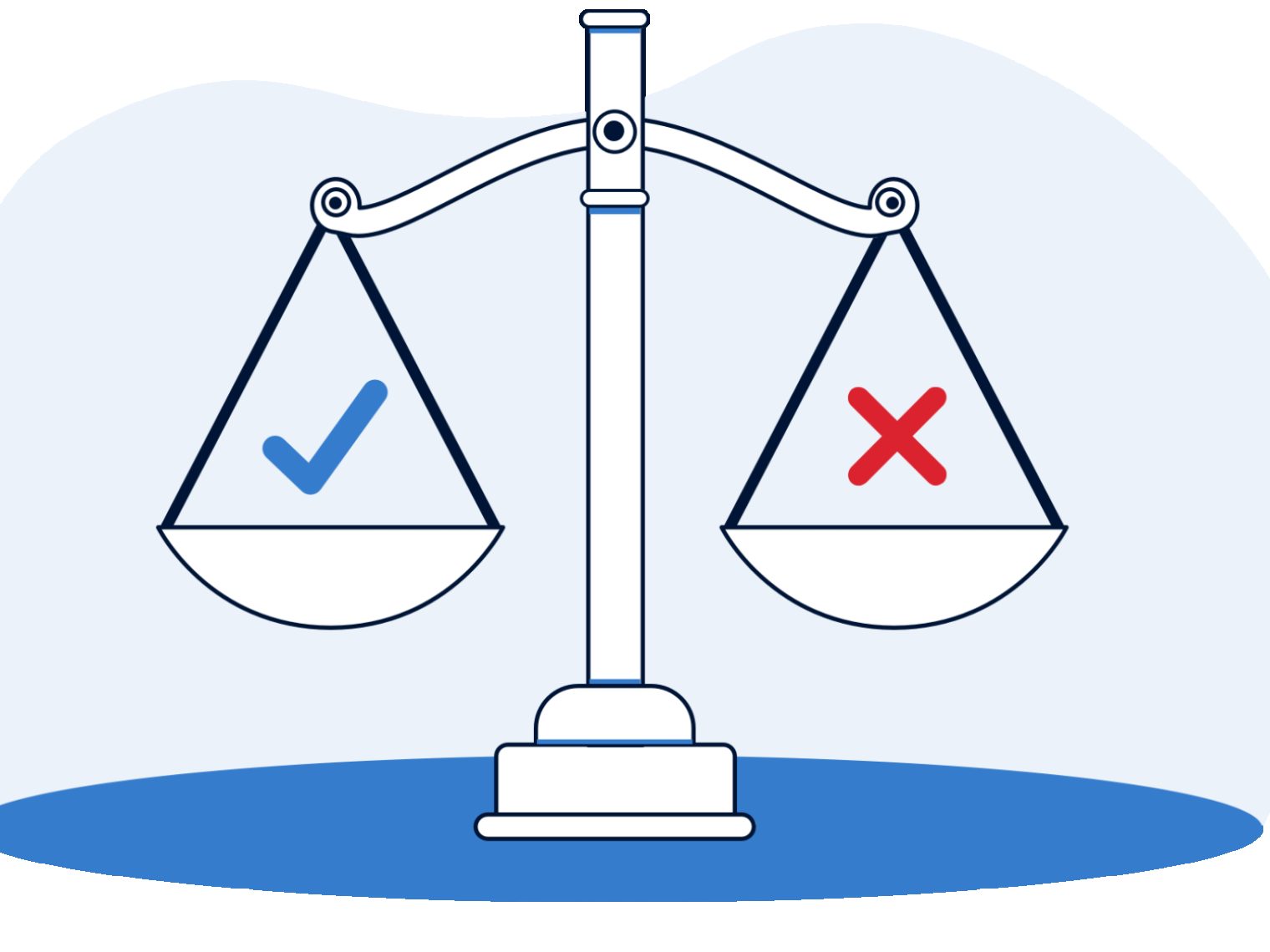- Qualifying Veterans can use a VA Cash-Out refinance to consolidate debt by borrowing against their home equity.
- There are certain risks to be aware of, and this route may not be the best for everyone.
Consolidating debt is a way to get a smaller monthly payment by wrapping all your debt into one loan with a lower interest rate. For Veterans hoping to find a military debt consolidation loan, there is an option, but you must already own a home. Qualifying VA homeowners can use a VA refinance to consolidate debt and hopefully save money over time.
What is a VA Debt Consolidation Loan?
A VA debt consolidation loan, often called a military debt consolidation loan, is not an actual product offered by the Department of Veterans Affairs (VA). If you want to consolidate debt, you can use a VA Cash-Out refinance.
With this option, you can refinance your current home loan into a new VA loan for more than the amount owed and take the difference in cash. Qualified homeowners can use the extra cash to pay off high-interest debt, such as credit card debt or personal loans.
Qualifying service members or Veterans can use a VA Cash-Out refinance with any loan type. But you can’t get a VA Cash-Out refinance from the VA directly. You’ll need to find a lender that offers this type of refinance.
Requirements for Using a VA Loan to Consolidate Debt
Debt consolidation with a VA loan typically involves a VA Cash-Out refinance, not a separate debt-specific loan product, and you must meet certain requirements. The first requirement is that you own a home since this option is exclusively available to Veterans with property.
Other requirements typically include:
- Meet VA loan eligibility. Qualifying for a VA loan starts by meeting the service requirements. You’ll likely need to get a Certificate of Eligibility (COE) from the VA if you don’t already have one, but your lender can easily do this for you.
- Occupy the home you are refinancing full time. VA refinances follow occupancy requirements too. You can’t get a VA Cash-Out refinance on investment properties or vacation homes.
- Have an adequate amount of equity built up in your home.: Your home equity is calculated by taking the home’s current value and subtracting the amount you owe on your mortgage. The VA allows you to borrow up to 100% of your home’s value, but lenders may have different requirements.
- Meet the lender’s minimum credit score requirements. Credit score requirements for a VA loan are usually less strict than they are for conventional loans. However, lenders decide the credit score minimum for loan applicants.
- Your income is reliable and sufficient. You must be able to show a steady income to consistently make payments on your VA loan.
Is a VA Cash-Out Refinance a Good Idea to Pay Off Debt?
Using a VA Cash-Out refinance for Veteran debt consolidation can be a great option if you have high-interest debts. But it might not be the right option for everyone. Consider the following pros and cons of using a VA Cash-Out refinance to consolidate debt before making your decision.
Pros and Cons of VA Cash-Out Refinance to Consolidate Debt
| Pros | Cons |
|---|---|
| Flexible eligibility requirements | Reduced home equity |
| Monthly savings | Refinancing closing costs |
| No prepayment penalties | VA Funding Fee |
| Unlock VA loan benefits | Potential loan term extension |
Benefits of Consolidating Debt With a VA Cash-Out Refinance
Let’s look at the common advantages of using a VA Cash-Out refinance to improve debts.
Flexible Eligibility Requirements
Traditional debt consolidation loans often require a high credit score, typically around 670 or higher. With a VA Cash-Out refinance, eligible Veterans and service members may qualify with a credit score as low as 620, though some lenders may have different requirements.
Additionally, VA loans can allow for higher debt-to-income (DTI) ratios than conventional loans, making qualification more accessible for those managing multiple debts.
Monthly Savings
Many credit cards and personal loans carry double-digit interest rates, making it difficult to get ahead on payments. By consolidating that high-interest debt into a VA Cash-Out refinance, you could secure a lower interest rate, especially if VA mortgage rates are more favorable than your existing debt rates.
While this can lead to a lower monthly payment, it’s important to weigh closing costs and the long-term impact of refinancing your mortgage. Use our VA refinance calculator to calculate your potential monthly savings.
No Prepayment Penalties
VA loans do not charge prepayment penalties, meaning you have the flexibility to pay off your mortgage early or make extra payments without being hit with fees. This can help you save on interest over time and reduce your loan balance faster if you are refinancing a non-VA loan type.
Unlock VA Loan Benefits if Refinancing From Non-VA Loan Type
If your current mortgage is a conventional or FHA loan, a VA Cash-Out refinance allows you to transition into a VA-backed loan, which can come with significant benefits. These include competitive interest rates, no private mortgage insurance (PMI) and government backing for added financial security.
However, the VA Funding Fee applies unless you have an exemption, so it’s important to factor that into your decision.
Drawbacks of Consolidating Debt With a VA Cash-Out Refinance
While there are several benefits to using a VA Cash-Out refinance to consolidate debt, there are also potential downsides to be aware of.
Reduced Home Equity
When you refinance for debt consolidation, you’re converting home equity into cash to pay off other debts. You’ll have less equity after refinancing, which could impact your ability to sell or refinance again in the future.
If home values drop, you may also owe more than your home is worth, which could make it harder to sell without a short sale. Carefully weighing how much cash you need versus how much equity you want to retain is an important part of the decision-making process.
Refinancing Closing Costs
A VA Cash-Out refinance isn’t free — just like any new mortgage, there are closing costs and lender fees to consider. These costs can vary but typically range from 3% to 5% of the loan amount. Before moving forward, it’s important to calculate whether the long-term savings from consolidating your debt outweigh the upfront costs.
VA Funding Fee
Most VA loans require a funding fee, which helps keep the program running for future Veterans. The VA Funding Fee is a percentage of the loan amount and varies depending on whether it’s your first-time use of a VA loan or if you've used your VA benefits before.
While some borrowers, such as those with service-connected disabilities, may be exempt from this fee, it’s an added cost that should be factored into your decision.
Extended Loan Term Could Delay Payoff
Refinancing can mean starting a new loan term, which could extend the time it takes to fully pay off your home. If you were originally 10 years into a 30-year mortgage and refinance into a new 30-year loan, you’re essentially adding 10 more years of payments.
While your monthly payment may be lower, you could end up paying more in total interest over time. If eliminating debt quickly is a priority, consider making extra payments or refinancing into a shorter loan term when consolidating.
VA Cash-Out Refinance Fees to Consider When Consolidating Debt
VA loans are known for their affordability, but they do come with some expenses. To do a VA Cash-Out refinance, you’ll need to cover closing costs for a new loan and the VA Funding Fee.
Closing costs typically include any lender fees and other costs associated with a new mortgage loan. Usually, you’ll have to pay an origination fee (typically 1% of the loan amount).
The origination fee must be paid at closing and can’t be rolled into the loan. If the lender charges an origination fee, they won’t charge you for escrow, underwriting, processing or related fees. Other closing cost fees may include paying for a credit report, home appraisal, discount points and document recording fees.
The VA Funding Fee for VA Cash-Out refinances is 2.15% of the loan amount for first-time VA borrowers and 3.3% for subsequent-use borrowers. Veterans receiving compensation for a service-connected disability, Purple Heart recipients, surviving spouses and select others may qualify for an exemption.
How to Refinance With a VA Loan to Pay Off Debt
If you are using a VA loan for debt consolidation, you’ll need to apply with a lender that offers VA Cash-Out refinances. The application process may look a little different for each lender, but you’ll likely follow these steps:
1. Figure Out How Much Cash You Need
Know how much debt you have and what you need to pay off. This will help you plan for how much cash to take out in your refinance process. It’s not a good idea to take out more cash than you need to cover your debts as this will only mean a higher mortgage payment and increased debt load.
2. Get in Touch With a VA Lender
Not all lenders are the same when it comes to VA loans, especially VA Cash-Out refinances. Some may offer VA loans but not specialize in the cash-out option, and others might have stricter guidelines that limit how much equity you can access. It’s worth finding a lender that understands the VA loan process inside and out.
3. Submit an Application and Provide Documentation
Once you find a lender you like, apply! Many lenders offer an online application process, but if you prefer an in-person application, you might be able to do that at a lender with a local branch.
Applications for a VA Cash-Out refinance will likely require you to provide personal information, income details and a list of assets and debts. Gather the necessary documents and look for lenders you can trust.
4. Review and Close Your VA Cash-Out Refinance
Once you apply, the lender will review your application and information. When you receive loan approval, it’s important that you review and understand the terms of the loan. Then, you can sign the final closing documents.
You'll need to cover loan-related costs at closing, so it’s important to plan ahead. Knowing what to expect can help you make the best financial decision.
5. Use Cash to Pay Off Your Debts
Once you close, you’ll get the cash from your refinance. To maximize your savings, start by paying off debts with the highest interest rates first, like credit cards or personal loans. If you have extra funds, tackle any remaining balances to free up even more financial breathing room.
Be Careful How You Use Your Home Equity
Before you make the choice to pay off debt with a VA loan, know all your options. While using a VA Cash-Out refinance to pay off high-interest debts could be a good idea, it may not be your best option.
Figuring out how to manage debt and military life can be stressful, so it may be difficult to clearly understand all your options. Talk with a Veterans United VA loan expert at 855-870-8845 or get started online today.
How We Maintain Content Accuracy
Our mortgage experts continuously track industry trends, regulatory changes, and market conditions to keep our information accurate and relevant. We update our articles whenever new insights or updates become available to help you make informed homebuying and selling decisions.
Current Version
Jul 2, 2025
Written ByChris Birk
Reviewed ByDon Wilson
Major updates to article to improve context and clarity. Content reviewed and fact checked by underwriter Don Wilson.
Veterans United often cites authoritative third-party sources to provide context, verify claims, and ensure accuracy in our content. Our commitment to delivering clear, factual, and unbiased information guides every piece we publish. Learn more about our editorial standards and how we work to serve Veterans and military families with trust and transparency.
Related Posts
-
 VA Renovation Loans for Home ImprovementVA rehab and renovation loans are the VA's answer to an aging housing market in the United States. Here we dive into this unique loan type and the potential downsides accompanying them.
VA Renovation Loans for Home ImprovementVA rehab and renovation loans are the VA's answer to an aging housing market in the United States. Here we dive into this unique loan type and the potential downsides accompanying them. -
 Pros and Cons of VA LoansAs with any mortgage option, VA loans have pros and cons that you should be aware of before making a final decision. So let's take a closer look.
Pros and Cons of VA LoansAs with any mortgage option, VA loans have pros and cons that you should be aware of before making a final decision. So let's take a closer look.


